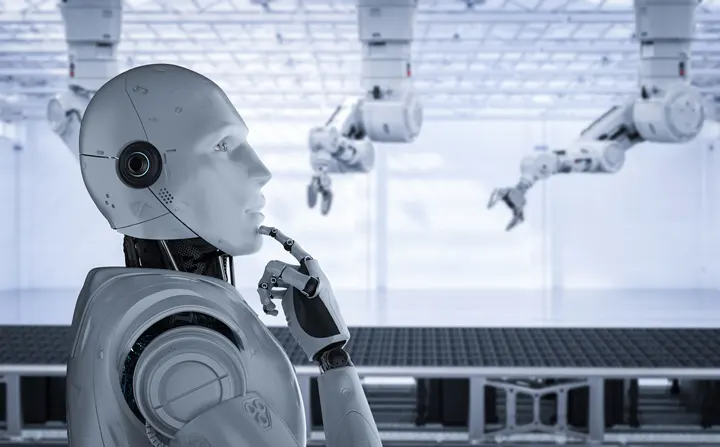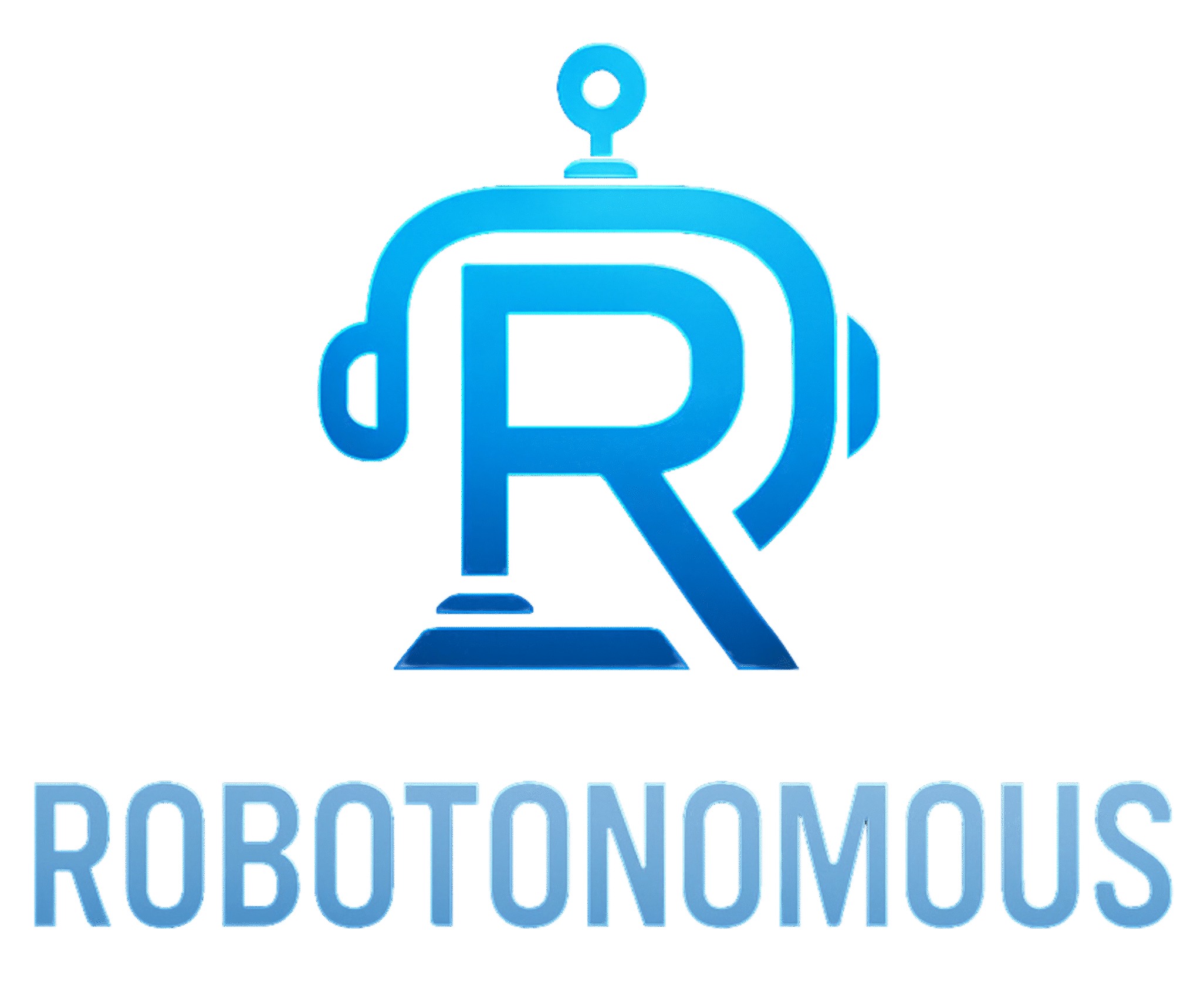Perception SDK: Accelerating the Journey from Pixels to Insights

Perception
You’ve probably heard of Tesla’s autonomous vehicles. Ever wondered how they understand their surroundings? The answer lies in perception that is the ability of machines to interpret the environment through vision and sensors. In robotics, perception is what enables a system to “see” and make sense of the world around it.
Software Development Kit (SDK)
Modern AI and robotics use advanced algorithms for vision-based applications such as object detection, tracking, mapping, and autonomous navigation. Fascinating, isn’t it? The good news is that we can build such systems ourselves. This is made possible through a Software Development Kit (SDK) which is a collection of documentation, tools, and libraries that allow us to learn, test, and develop perception-driven applications.
Perception SDK
A Perception SDK generally includes components necessary for AI applications such as mapping, autonomous navigation, and vision-based tasks like object detection, segmentation, and pose estimation. Depending on its complexity, an SDK may cover some or all the following:
- Sensor Integration – Cameras, LiDAR, and depth sensors are the backbone of perception systems. A good SDK makes integration modular, efficient, and suitable for real-time systems like self-driving cars.
- Computer Vision Modules – Once sensors are connected, perception tasks such as detection, tracking, segmentation, and pose estimation can be implemented. Effective SDKs follow a modular approach, enabling easy integration with platforms like ROS and simulation tools.
- 3D Perception – In robotics, mapping and navigation are one of the most important applications. Mapping allows a robot to build an model (map) of its environment, while navigation enables it to move from point A to B autonomously. Common mapping algorithms include Gmapping, Hector Mapping, and ORB-SLAM.
- Sensor Fusion – To improve accuracy, multiple sensors are combined that is called sensor fusion. For example, wheel encoders provide odometry data, which can be enhanced by combining with IMU sensors. Similarly, visual SLAM with cameras can be combined with LiDAR for richer environmental mapping.
Benefits of Perception SDKs
The best thing you can offer to a developer is a well-designed, modular and efficient SDK for any application. It saves time by eliminating the need to build everything from scratch, allowing developers to focus on their application logic rather than low-level implementations. From student-level prototypes to commercial products perceptions SDKs help to accelerate the development of applications.
Key advantages of using Perception SDKs include:
- Reduce development time: eliminates the need to rewrite the core and frequently used algorithms.
- Optimized, ready-made modules: Reliable and modular algorithms for vision and perception tasks.
- Hardware acceleration: Efficient use of GPU/CPU resources for real-time performance in scenarios of different application requirements.
- Seamless integration: Modular design for compatibility with ecosystems like ROS, Nvidia Isaac and simulators like Gazebo and more.
- Faster prototyping and experimentation: Enables quick testing of devices, sensors, algorithms and new ideas.
Applications of Perception SDKs
Perception SDKs power many of today’s cutting-edge technologies, enabling machines and robots to sense, understand, and act on their environment. They are the backbone of advanced applications including self-driving cars, household service robots, advanced surveillance systems, medical imaging solutions, and a wide range of engineering applications. Below are some of the most prominent use cases:
- Autonomous Vehicles: One of the hottest topics for research in this modern era is development of self-driving vehicles. Famous companies like Tesla, Waymo and Cruise use perception algorithms for lane detection, pedestrian tracking, traffic sign recognition and obstacle avoidance in their vehicles to drive safely in complex and unpredictable environments.
- Household Robots: Robot such as iRobot’s Roomba, Ecovacs Deebot and Roborock uses advanced 3D perception and mapping to create the map of house and then uses autonomous navigation to clean the robot autonomously.
- Educational Robots: Educational robots are among the key beneficiaries of perception SDKs, as these tools enable students and researchers to demonstrate, develop, and test AI and robotics applications in real-world scenarios. Humanoid robots such as NAO, Pepper, and Romeo from SoftBank serve as excellent platforms for teaching human–robot interaction and cognitive robotics. On the other hand, mobile robots like Jackal, TurtleBot, and E-Puck are widely used in laboratories and universities for experiments in navigation, mapping, and perception, making them popular choices for hands-on learning.
- Drones and Aerial Robots: When it comes to advanced surveillance systems, drones and aerial robots can’t go unnoticed. Drones use powerful perception SDKs for mapping, surveillance, agriculture and even delivery services. DJI is one of the best companies in the market famous for making professional drones. These drones use vision-based obstacle avoidance, aerial mapping and object tracking for performing navigation safely in complex environments.
Famous Perception SDKs
When it comes to perception or any other field, there isn’t just one SDK to cover all the applications and requirements. In fact, there are thousands of SDKs and are being developed continuously, because every developer, researcher, or company tries to build AI-powered applications and often shares their work with the community. Each SDK brings something unique to the community for end users. Some focus on computer vision, others on robotics or 3D perception. While all of them are valuable in their own way, some of the SDKs have gained wide popularity for their reliability, active ecosystems, and ease of use. Here are some of the most well-known perception SDKs you should know about:
- OpenCV (Open Source Computer Vision Library): This is one of the most widely used frameworks for learning, testing, and developing image processing and computer vision applications. It comes with a rich collection of algorithms for tasks such as object detection, tracking, and image segmentation, while also supporting more advanced perception applications. Developers often pair this framework with other AI and robotics tools to streamline development and build more powerful systems.
- NVIDIA Isaac SDK / Isaac ROS: This SDK is developed by NVIDIA for accelerating applications related to AI based perception. It offers GPU-accelerated modules for various applications including object detection, 3D perception and navigation. It is compatible with ROS (Robot Operating System) ecosystem and has support for simulation tools like Isaac SIM.
- Intel RealSense SDK: Intel designs its powerful RealSense depth cameras which can be used to advanced perception applications including depth estimation, depth sensing, 3D scanning, gesture tracking and visual mapping. Depth cameras are very powerful and affordable compared to LiDARs for depth applications. Along with cameras they offer its well documented SDK from testing their devices to practical applications development.
- Google MediaPipe: A lightweight framework with rich features of perception algorithms specifically designed for real-time and mobile applications. It includes variety of perception applications but specifically famous for pose estimation, hand tracking and facial landmark detection.
- ROS Perception Stack: ROS is one of the most famous and useful ecosystems for testing, developing and deploying advanced robotics applications. It has a dedicated and powerful stack for perception stack which includes 2D/3D object recognition, point cloud processing (PCL), and SLAM. Many developers choose this for its powerful community and support, for instance I have developed a small perception SDK with name ROS2CV for controlling robots using perception. ROS2CV includes face recognition, object recognition, hand tracking, fingers detection and pose estimation.
Limitations
There is no master key in this world that can open all locks, and this same thing applies to SDKs. While every SDK is powerful for developing AI applications but comes with some limitations. Some of the SDKs are optimized for computer vision but do not provide support for 3D perception, while some are great when integrating with robotics applications but may not be ideal for lightweight or mobile applications. Hardware compatibility, limited documentation, and dependency on specific ecosystems can also limit their applicability. In real-world applications, developers often have to combine multiple SDKs or customize the available SDK to develop AI applications with desired outcomes and features.
Common Limitations of Perception SDKs:
- Hardware Dependency: Many SDKs are designed for specific sensors such as depth cameras, LiDAR or GPUs, which limits the compatibility with some systems containing other sensors.
- Ecosystem Dependency: Some SDKs work best only within their parent ecosystem, for example ROS perception stack may not perform optimal in Nvidia ecosystem and vice versa. This dependency reduces the flexibility of the SDK specially when integrating with other ecosystems.
- Scalability Challenges: Lightweight SDKs such as Google Mediapipe may not scale well for large and complex applications. And same can be said for complex SDKs performance in lightweight applications.
- Documentation and Community Gaps: Limited resources or small user bases can slow down adoption and troubleshooting.
References
[3] https://medium.com/analytics-vidhya/perception-in-self-driving-cars-7424e20b77c7
[4] https://www.dreametech.com/blogs/blog/home-robots-smart-cleaning-devices
[5]https://litslink.com/blog/ai-in-surveillance-systems-how-to-empower-security-solutions-with-ai
[6] https://www.myesr.org/ai-blog-tag/medical-imaging/
[7]https://www.whalesbot.ai/blog/revolutionizing-education-how-robots-can-help-students-learn
[8]https://enterprise-insights.dji.com/blog/docked-drones-the-future-of-commercial-security
[9] https://github.com/JAnthem9606/ROS2CV
[10] https://developer.nvidia.com/blog/tag/isaac-sdk/
[11]https://developers.googleblog.com/en/introducing-mediapipe-solutions-for-on-device-machine-learning/
[12] https://github.com/ros-perception
[13] https://www.opencv.ai/blog
[14] https://github.com/IntelRealSense/librealsense
[15]https://www.intelrealsense.com/best-known-methods-for-optimal-camera-performance-over-lifetime/
